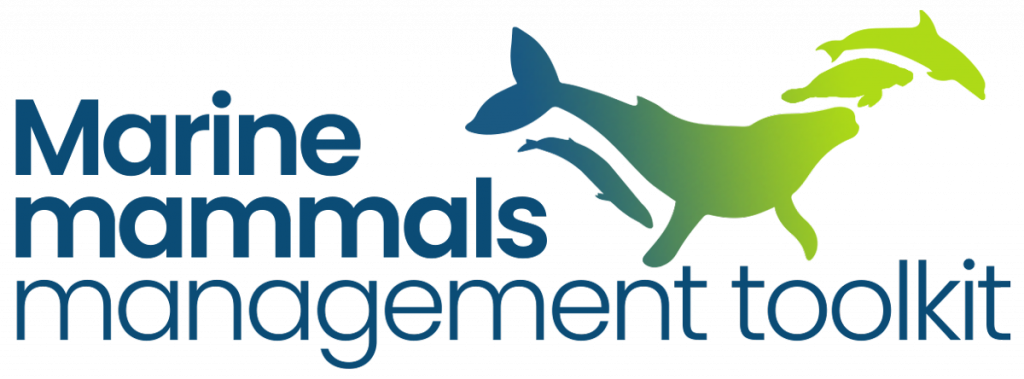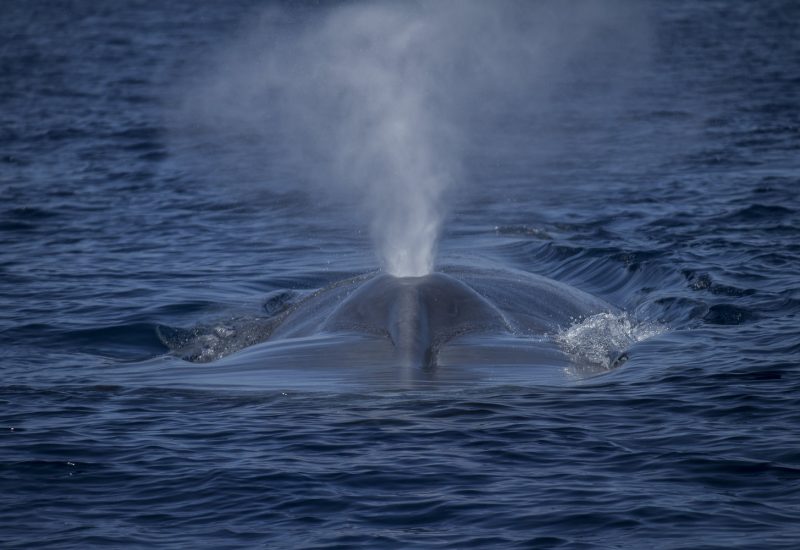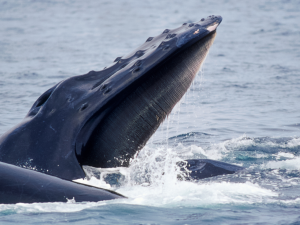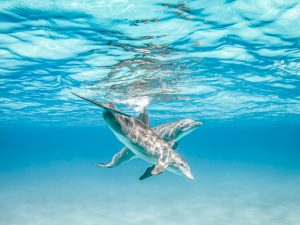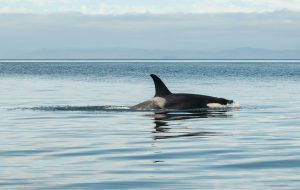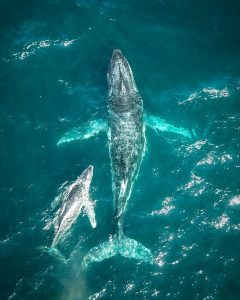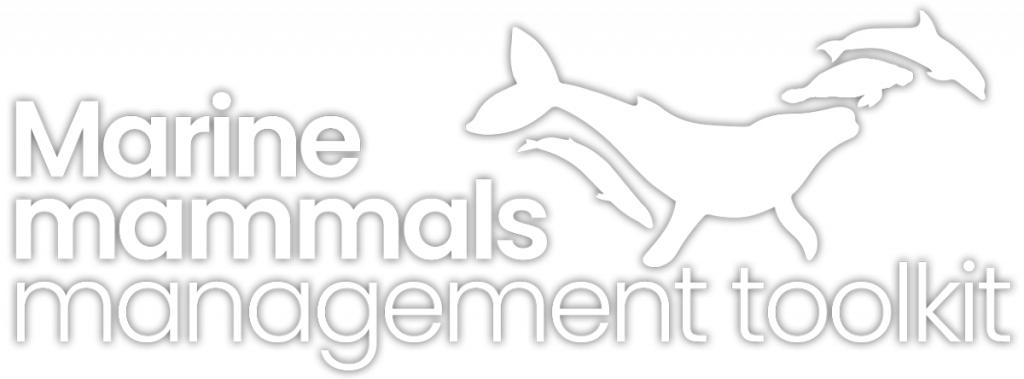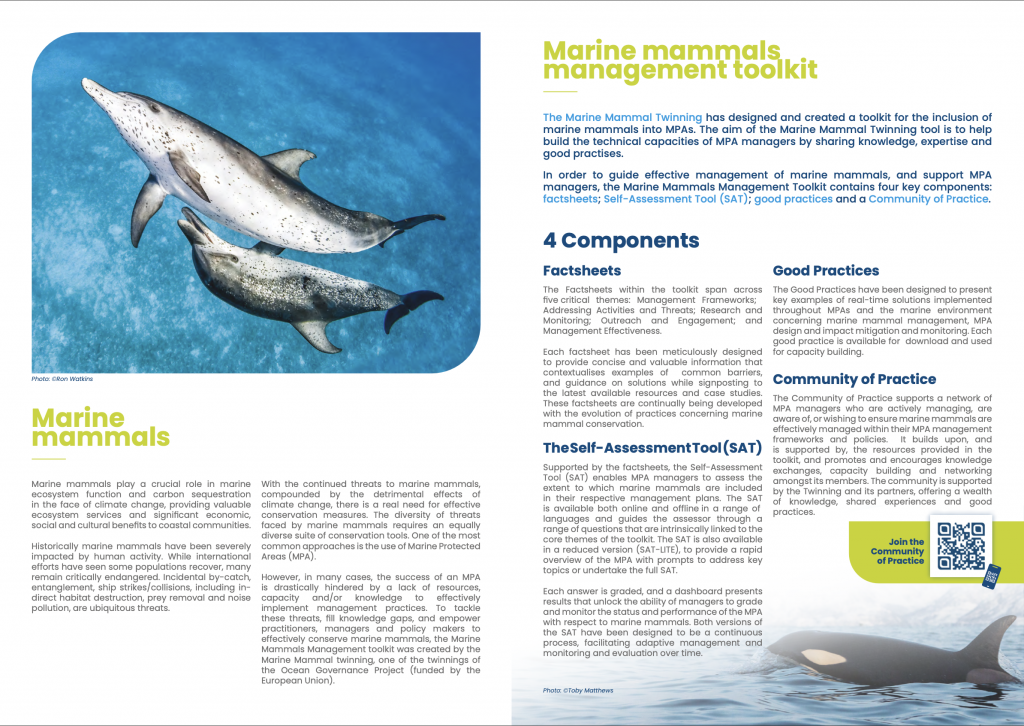After more than two decades of conservation efforts, the Chilean government approved the establishment of a new marine protected area (MPA) in Patagonia for the safeguarding of an important breeding and feeding areas for blue whales. that will safeguard an important feeding and breeding area for the endangered blue whales.
Located south of the island of Chiloé in the Gulf of Corcovado, the Tic-Toc Golfo Corcovado MPA spans 100,000 hectares (247,100 acres). The area is frequented not only by blue whales, but also by humpback whales , sei whales, at least two species of dolphin, including Peale’s and Chilean, the South American sea lion and colonies of penguins. It is also visited by many threatened sea bird species, such as the black-browed albatross, the southern royal albatross and the sooty shearwater.
The MPA was established to protect blue whales from the increasing shipping traffic experienced by the waters in Patagonia. A recent study published in Nature, superimposed shipping maps with satellite whale tracks, confirming the region as the population’s most important summer habitats, as well as highlighting the high presence of shipping traffic in the area. The management plan for the MPA, which is currently being drafted, will include mitigation strategies to reduce the threat of shipping, through modifications of navigation routes, temporal closures and speed reductions.
The establishment of the Tic-Toc Golfo Corcovado MPA is an important first step, however continued efforts are needed to protect a greater part of the blue whales’ territory. Indeed, the Scientific Reports study indicated other three critical areas. With this in mind, the Melimoyu Foundation aims to protect an area of 1 million ha (nearly 2.5 million acres) through the creation of six protected marine and land areas. Scientists hope that the Tic-Toc Golfo Corcovado will lead the way to increased protection for these important areas and for blue whales.
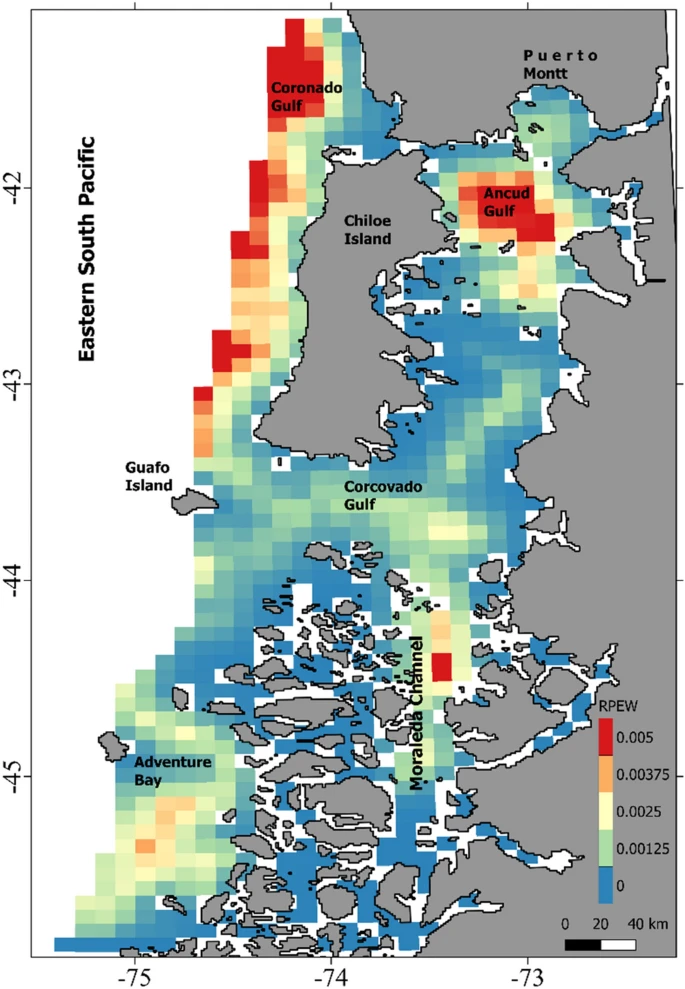
Source: Mongabay – March 21st
More resources and guidance on threat of shipping on whales can be found in the collision/strike factsheets of the Marine Mammals Management Toolkit.
